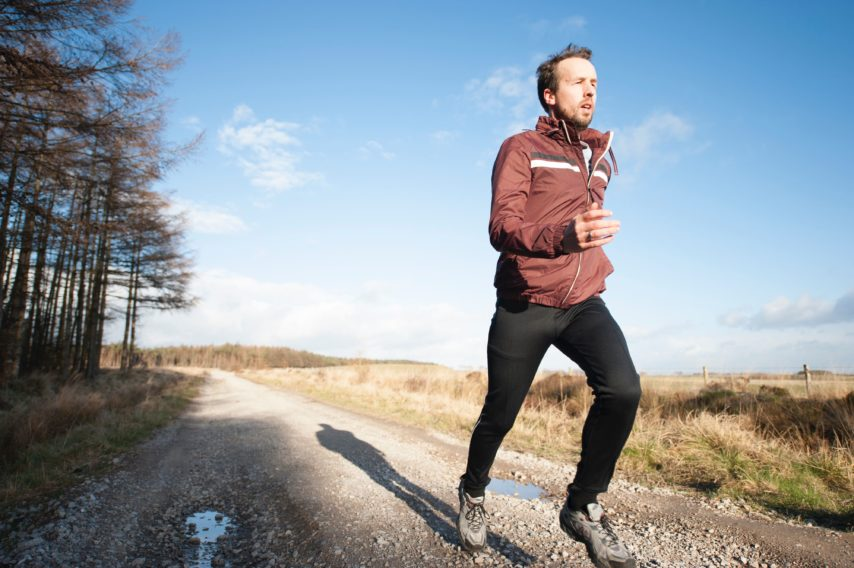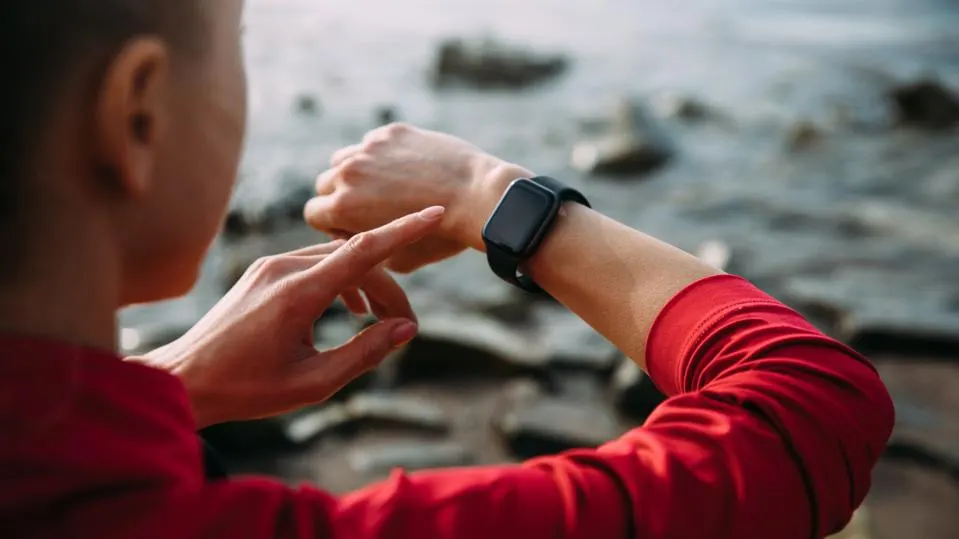In today’s world, maintaining mental well-being is more crucial than ever. Work pressures, constant stimulation, and environmental stressors can take a toll on our emotional and cognitive health. This is where the concept of biohacking emerges as a powerful tool for taking control of your mental state.
What is Biohacking?
Biohacking, also known as DIY biology, is a movement that’s transforming how we approach our health. It’s not about magic pills or quick fixes, but rather a citizen science approach to understanding and influencing our body’s internal processes. By leveraging advancements in science, technology, and citizen-led research, biohacking empowers individuals to take charge of their well-being and optimize their physical and mental performance.
Here’s a deeper dive into the essence of biohacking:
Citizen Science and Self-Experimentation: Biohacking fosters a spirit of citizen science, where individuals actively participate in understanding their biology. This might involve tracking sleep patterns with wearable devices, experimenting with dietary changes based on personalized genetic testing, or using biofeedback tools to monitor physiological responses.
Evidence-Based Approach: While biohacking encourages exploration, it emphasizes a foundation in scientific evidence. Biohackers rely on credible research and published studies to guide their experimentation. This ensures they’re not simply following fads, but implementing strategies with a proven track record of effectiveness.
DIY (Do-It-Yourself) Techniques: Biohacking embraces a DIY spirit. This can involve using readily available tools and technologies to monitor health metrics, creating personalized workout routines based on biomechanical principles, or even exploring techniques like light therapy or cold exposure therapy (with proper precautions, of course!).
Focus on Optimization: Biohacking goes beyond simply addressing health problems. It’s about optimizing your physical and mental performance to function at your peak potential. This might involve enhancing cognitive function, improving energy levels, boosting stress resilience, or promoting longevity.
Holistic Perspective: Biohacking acknowledges the interconnectedness of all aspects of health. It doesn’t just focus on diet or exercise in isolation but considers the interplay between nutrition, sleep, stress management, movement, and environmental factors.
Biohacking for the Mind: A Multifaceted Approach
Mental well-being is a complex tapestry woven from various threads, including mood, focus, stress management, and sleep quality. Biohacking tackles these aspects through a multifaceted approach, empowering you to optimize your mind for peak performance. Here’s a closer look at some key strategies:
Nutritional Optimization: Fueling Your Brain for Success
The adage “you are what you eat” holds particular weight when it comes to brain health. Biohacking for mental well-being emphasizes a diet rich in specific nutrients that have been shown to support cognitive function and emotional regulation.
Omega-3 Fatty Acids: These fats, found in oily fish like salmon and sardines, play a crucial role in neurotransmitter production and have been linked to improved mood, memory, and cognitive function.
Antioxidants: These powerhouses combat free radicals, protecting brain cells from oxidative damage. Berries, leafy greens, and dark chocolate are all excellent sources of antioxidants.
B Vitamins: These essential vitamins are crucial for energy production and neurotransmitter function. Whole grains, legumes, and nuts are rich in B vitamins.
Complex Carbohydrates: These provide sustained energy for the brain, promoting focus and concentration. Opt for whole grains like brown rice and quinoa instead of refined carbohydrates.
Beyond the list of beneficial nutrients, biohacking also emphasizes:
Personalized Nutrition: Individual needs can vary. Consulting a registered dietitian [link to EatRight – https://www.eatright.org/become-an-rdn] can help you create a customized plan based on your dietary preferences, health conditions, and genetic makeup.
Gut Health Connection: Emerging research suggests a strong link between gut health and mental well-being. Biohacking encourages incorporating gut-friendly foods like fermented foods (yogurt, kimchi) and prebiotics (fruits, vegetables) to support a healthy gut microbiome.
Mindful Eating: Taking the time to savor your food, chewing thoroughly, and avoiding distractions while eating can promote better nutrient absorption and improve overall well-being.
Sleep Hacking:
Sleep is more than just a period of rest; it’s essential for mental clarity, emotional regulation, and memory consolidation. Biohacking sleep focuses on establishing healthy sleep hygiene practices to ensure quality sleep:
Consistent Sleep Schedule: Go to bed and wake up at the same time each day, even on weekends, to regulate your body’s natural sleep-wake cycle (circadian rhythm).
Relaxing Bedtime Routine: Develop a calming routine before bed, such as taking a warm bath, reading a book, or practicing relaxation techniques like deep breathing or meditation.
Optimize Your Sleep Environment: Create a cool, dark, and quiet bedroom conducive to sleep. This may involve using blackout curtains, and earplugs, and keeping electronic devices out of the bedroom.
Light Exposure Management: Maximize natural light exposure during the day and minimize blue light exposure in the evening. Blue light, emitted by electronic devices, can suppress melatonin production, a hormone that regulates sleep-wake cycles. Consider using blue light-blocking glasses in the evening or adjusting screen settings to reduce blue light emissions.
Light Exposure:
Light is a powerful environmental cue that significantly impacts our circadian rhythm, the body’s internal clock that governs sleep-wake cycles, hormone production, and overall well-being. Biohacking light exposure involves harnessing the power of light to optimize our mental performance and sleep quality.
Maximizing Natural Sunlight:
Sunlight is the primary regulator of our circadian rhythm. Biohacking light exposure emphasizes getting regular doses of natural sunlight, particularly in the morning. Here’s how:
Morning Sun Exposure: Aim for at least 15-30 minutes of unobstructed sunlight exposure within the first hour of waking up. This helps suppress melatonin production, the sleep hormone and promotes alertness.
Light Therapy Lamps: Consistent morning sunlight exposure is challenging, consider using a light therapy lamp. These lamps mimic natural sunlight and can be particularly helpful during winter when daylight hours are shorter.
Minimizing Blue Light Exposure in the Evening:
While natural sunlight has a positive impact on our circadian rhythm, artificial blue light emitted by electronic devices like smartphones, tablets, and computer screens disrupts sleep patterns. Biohacking light exposure focuses on minimizing blue light in the evening:
Blue Light-Blocking Glasses: Wearing blue light-blocking glasses in the evening can significantly reduce blue light exposure and promote melatonin production for better sleep.
Adjusting Screen Settings: Many electronic devices have built-in settings to reduce blue light emissions. Utilize these settings, especially during evening hours.
Digital Detox: Consider establishing a “digital detox” routine before bed. Avoid screens for at least an hour before bedtime to allow your body to wind down and prepare for sleep.
Supplements:
While a balanced diet rich in brain-boosting nutrients is crucial, certain supplements can offer additional support for mental health. Biohacking encourages a targeted approach to supplementation, focusing on evidence-based options:
Vitamin D: Emerging research suggests a link between low vitamin D levels and mood disorders like depression. Consulting your doctor and getting your vitamin D levels checked can help determine if supplementation is necessary.
Magnesium: This essential mineral plays a role in numerous bodily functions, including neurotransmitter regulation and sleep quality. Magnesium deficiency has been linked to anxiety and insomnia.
Fish Oil: Rich in omega-3 fatty acids, particularly EPA and DHA, fish oil has been shown to improve cognitive function and may have mood-regulating benefits.
Probiotics: The gut microbiome plays a crucial role in overall health, including mental well-being. Probiotics, which support a healthy gut flora, may offer benefits for mood and anxiety.
Exercise and Movement:

Physical activity is a cornerstone of biohacking for mental well-being. It’s more than just burning calories; it’s a potent tool for optimizing your brain function and emotional state. Here’s how exercise biohacking works:
Endorphin Rush: Exercise triggers the release of endorphins, natural mood elevators that promote happiness and well-being. This can help combat symptoms of depression, anxiety, and stress.
Neurogenesis Boost: Regular physical activity has been shown to promote neurogenesis and the growth of new brain cells. This only improves cognitive function and memory and enhances emotional regulation and resilience.
Stress Reduction: Exercise is a powerful stress reliever. It stimulates the release of stress hormones like cortisol while promoting the production of relaxation hormones. This translates to better emotional balance and improved mental clarity.
Biohacking exercise for mental well-being goes beyond just hitting the gym.
Here are some strategies to consider:
Find Your Fit: Choose activities you enjoy, whether dancing, swimming, playing a sport, or simply going for a brisk walk. Consistency is key, so pick something you’ll look forward to doing most days of the week.
HIIT for Focus: High-intensity interval Training (HIIT) has gained popularity for its time efficiency and effectiveness. Short bursts of intense exercise followed by recovery periods can significantly improve cognitive function and focus.
Mind-Body Connection: Activities like yoga, tai chi, and Pilates combine physical movement with mindfulness practices, offering a powerful biohack for both mental and physical well-being.
Move Throughout the Day: Don’t underestimate the power of small movement breaks. Get up from your desk regularly, take the stairs instead of the elevator, or incorporate short walks into your daily routine.
Exposure to Nature:
Spending time in nature isn’t just a leisure activity; it’s a powerful biohack for mental well-being. Immersing yourself in the sights and sounds of the natural world has a profound calming effect on the mind and can significantly reduce stress hormones.
Stress Reduction: Research suggests that spending time in nature lowers cortisol levels, the primary stress hormone. This translates to a more relaxed state of mind and improved emotional well-being.
Improved Mood: Exposure to nature has been shown to boost mood and promote happiness and well-being. Natural environments activate brain pathways associated with positive emotions.
Cognitive Restoration: Nature provides a welcome break from mental fatigue and information overload. Immersing yourself in green spaces allows your mind to relax and recharge, promoting improved focus and cognitive clarity upon returning to daily tasks.
Biohacking with nature doesn’t require extreme adventures.
Here are some ways to incorporate it into your life:
Walk in the Park: Make a conscious effort to schedule regular walks in parks or green spaces near your home or workplace.
Embrace Forest Bathing: Forest Bathing, a practice originating in Japan, involves spending time consciously connecting with nature through your senses. Simply sit or walk in a wooded area, focusing on the sights, sounds, and smells of the forest.
Biohacking: A Personalized Journey
The beauty of biohacking lies in its personalized approach. Experiment with different techniques, track your response through mood journals or sleep trackers and identify what works best for you. Remember, consistency is key for reaping the long-term benefits of biohacking your mental health.
Important Considerations
While biohacking offers exciting possibilities, it’s crucial to approach it cautiously.
Consult a Healthcare Professional: Before implementing any significant changes, discuss your plans with a doctor or licensed therapist. They can guide you based on your individual needs and medical history.
Beware of Unproven Claims: The biohacking space can be filled with unsubstantiated claims and miracle cures. Stick to evidence-based practices and reputable sources.
Focus on Sustainability: Biohacking should be manageable. Choose strategies you can integrate seamlessly into your lifestyle for long-term mental well-being.
Conclusion
Biohacking empowers you to take an active role in optimizing your mental health. By implementing a combination of these biohacking strategies, you can cultivate a sense of control over your well-being and unlock the full potential of your mind. Remember, biohacking is a journey, not a destination. Experiment, learn from your experiences, and fine-tune your approach to achieve optimal mental performance and emotional balance.


